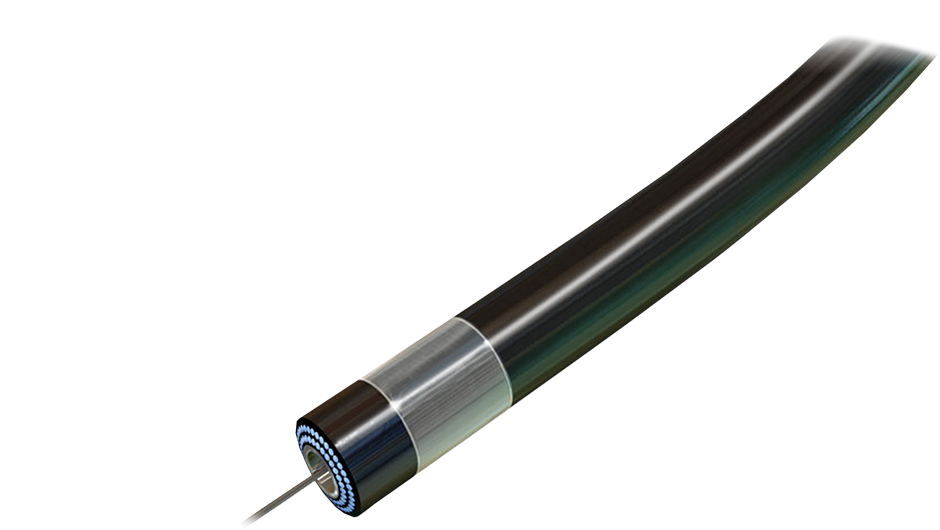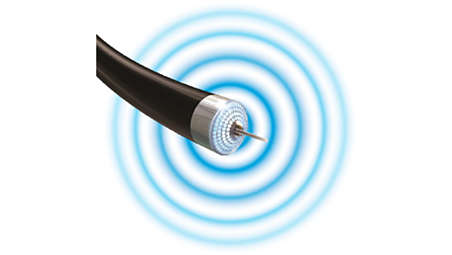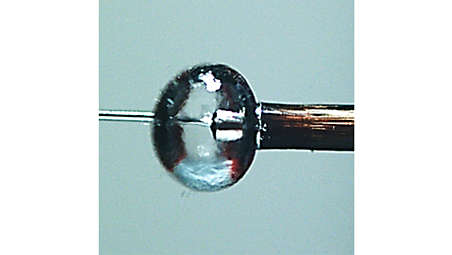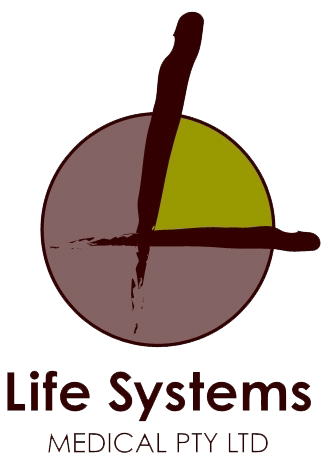ELCA

Coronary laser atherectomy catheter
ELCA coronary laser atherectomy catheters are designed to cross, prepare and treat the most complex coronary lesions. This non-mechanical atherectomy catheter can be delivered over any .014” wire and can de-bulk and modify plaque of multiple morphologies and is approved for the broadest range of coronary indications in atherectomy.
Features

Optimal vessel preparation
Can be used with any coronary .014” wire and multiple wires in place.
Treatment versatility
Adjustable laser energy settings to satisfy many clinical needs
Saline infusion
Saline infusion improves safety outcomes.¹

Two-thirds vessel sizing rule
Two-thirds vessel sizing rule for predictable outcomes.
Automatic shut-off feature
Automatic shut-off feature for advanced patient safety.
Slow advancement
Slow advancement increases luminal gain.²
Optimal vessel preparation
Can be used with any coronary .014” wire and multiple wires in place.
Specifications
0.9mm X-80
| Model number | 110-004 |
| Guidewire compatibility | 0.014 in |
| Guide catheter compatibility | 6 F |
| Minimum vessel diameter | 2.0 mm |
| Max tip outer diameter | 0.038 in |
| Max shaft outer diameter | 0.049 in |
| Working length | 130 cm |
| Fluence | 30-80 mJ / mm² |
| Repetition rate | 25-80 Hz |
| Laser on / off time | 10 / 5 sec |
1.4mm
| Model number | 114-009 |
| Guidewire compatibility | 0.014 in |
| Guide catheter compatibility | 6 / 7 F |
| Minimum vessel diameter | 2.2 mm |
| Max tip outer diameter | 0.057 in |
| Max shaft outer diameter | 0.062 in |
| Working length | 130 cm |
| Fluence | 30-60 mJ / mm² |
| Repetition rate | 25-40 Hz |
| Laser on / off time | 5 / 10 sec |
1.7mm
| Model number | 117-016 |
| Guidewire compatibility | 0.014 in |
| Guide catheter compatibility | 7 F |
| Minimum vessel diameter | 2.5 mm |
| Max tip outer diameter | 0.069 in |
| Max shaft outer diameter | 0.072 in |
| Working length | 130 cm |
| Fluence | 30-60 mJ / mm² |
| Repetition rate | 25-40 Hz |
| Laser on / off time | 5 / 10 sec |
2.0mm
| Model number | 120-009 |
| Guidewire compatibility | 0.014 in |
| Guide catheter compatibility | 8 F |
| Minimum vessel diameter | 3 mm |
| Max tip outer diameter | 0.080 in |
| Max shaft outer diameter | 0.084 in |
| Working length | 130 cm |
| Fluence | 30-60 mJ / mm² |
| Repetition rate | 25-40 Hz |
| Laser on / off time | 5 / 10 sec |
- 1. Tcheng, J.E. et al. (1995). Development of a New Technique for Reducing Pressure Pulse Generation During 308-nm PLS Laser Coronary Angioplasty. Catheterization and Cardiovascular Diagnosis. 34, 15-22.
- 2. Topaz, On, et al, 2001. Optimal Spaced PLS Laser Coronary Catheters Performance Analysis, Journal of Clinical Laser Medicine and Surgery, Vol 19, Issue 1, 9-14.
- ELCA important safety information
- Indications: The laser catheters are intended for use either as a stand-alone modality or in conjunction with percutaneous transluminal coronary balloon angioplasty (PTCA) in patients who are acceptable candidates for coronary artery bypass graft (CABG) surgery. The following indications for use, contraindications and warnings have been established through multicenter clinical trials. The Philips PLS laser system and the multi-fiber laser catheter models are safe and effective for the following indications: occluded saphenous vein bypass grafts, ostial lesions, long lesions (greater than 20mm in length), moderately calcified stenosis, total occlusions traversable by a guidewire, lesions which previously failed balloon angioplasty, restenosis in 316L stainless steel stents, prior to the administration of intravascular brachytherapy. These lesions must be traversable by a guidewire and composed of atherosclerotic plaque and/or calcified material. The lesions should be well defined by angiography.
- Contraindications: Lesion is in an unprotected left main artery. Lesion is beyond acute bends or is in a location within the coronary anatomy where the catheter cannot traverse. Guidewire cannot be passed through the lesion. Lesion is located within a bifurcation. Patient is not an acceptable candidate for bypass graft surgery.
- Potential adverse events: Use of the Philips PLS laser system may contribute to the following complications: dissection of the arterial wall, perforation, acute reclosure, embolization, aneurysm formation, spasm, coronary artery bypass graft surgery, thrombus, myocardial infarction, arrhythmia, filling defects, death. No long term adverse effects of ELCA are known at this time.
- Risks: The primary endpoint defined in the laser angioplasty of restenosis stents (LARS) randomized trial was the absence of major adverse cardiac events (MACE) at 6 months: Death; myocardial infarction; coronary artery bypass surgery. Procedural complications include: any dissection, acute thrombus, haziness, no reflow, arrhythmia, acute vessel closure, occlusion of side branch, occlusion non-target, coronary spasm, coronary embolism, coronary perforation, laser/stent damage, balloon/stent damage, and other serious.
- Caution: Federal law restricts this device to sale by or on the order of a physician.
